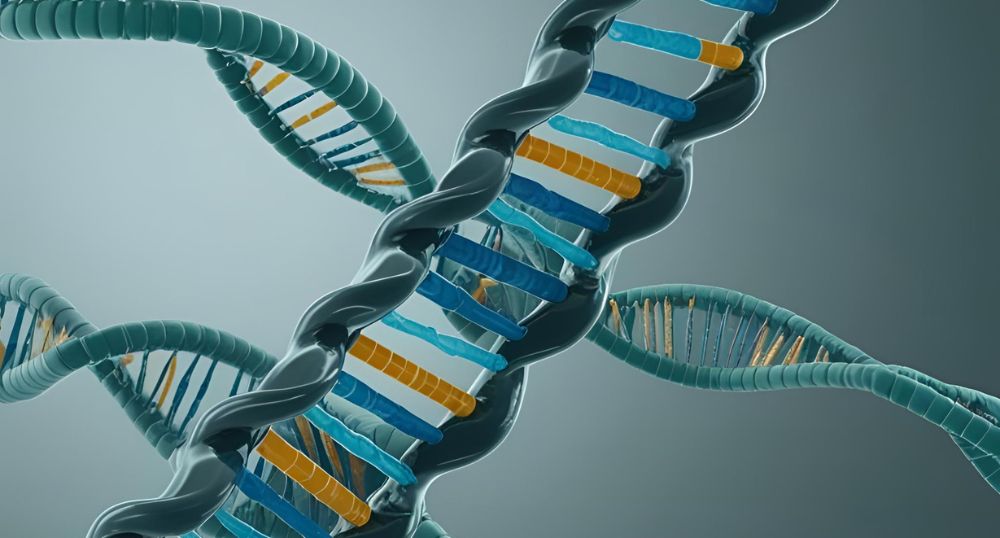New Tool Enables Real-Time Barcoding for RNA Sequencing, Advancing Vaccine and Transcriptome Research

A research team led by MATH+ Professor Max von Kleist at Freie Universität Berlin and Robert Koch Institute (RKI), supported by the Smyth group at HZI (Würzburg) and CNRS (Strasbourg), has developed WarpDemuX—a fast, reliable, and cost-efficient tool for barcoding and demultiplexing direct-RNA (dRNA) sequencing data from Oxford Nanopore Technologies (ONT). This breakthrough enables more sophisticated and scalable designs in epi-transcriptomic studies. These results were published in Nature Communications.
RNA modifications are central to modern medicine
RNAs are essential for all living systems and serve as both therapeutic agents and vaccine platforms. RNA modifications—collectively referred to as the epi-transcriptome—play a crucial role in determining RNA function and their suitability for vaccine design. Notably, the 2023 Nobel Prize in Medicine recognized the discovery of RNA modifications that enabled the development of stable mRNA vaccine, rather than the mRNA technology itself.
Limited tools for detecting RNA modifications
Despite their importance, only a few techniques are currently available to detect RNA modifications for vaccine quality control or biological studies. The most widely adopted high-throughput method is direct nanopore sequencing using ONT. In many experiments, researchers pool samples to save time, reduce costs, and minimize inter-experimental variability—an approach known as molecular barcoding. When these ‘barcodes’ can be reliably detected during or after the sequencing, individual samples can be accurately distinguished and analyzed, such as in single-cell sequencing or studies where biological samples are pooled together.
A key bottleneck in nanopore-based RNA sequencing
During nanopore (ONT) sequencing, single RNA or DNA/RNA hybrid molecules pass through a nanoscale protein pore embedded in an electrically resistant polymer membrane, generating highly noisy, time-dependend electrical signals. These signals are decoded into nucleotide sequences by base-callers, which are large machine learning models. In direct RNA-sequencing, a DNA adaptor carrying a customizable barcode (RTA barcode) must be attached. However, RNA base-callers cannot interpret DNA sequences, making it impossible to detect barcodes within the hybrid molecule using conventional methods.
WarpDemuX: Real-time barcode detection in signal space
To overcome this challenge, the team developed WarpDemuX, a tool that proposes RTA barcodes that are distinguishable in signal space and detects them in real-time during sequencing. WarpDemuX makes barcode classification decisions within milliseconds—a capability that allows the active control of the sequencing process, optimizing barcode yield and improving the quantity and quality and amount of collected data. This new method was successfully applied to analyze the intracellular dynamics of SARS-CoV-2.
Contact:
Prof. Dr. Max von Kleist
Robert Koch Institute (RKI) and Freie Universität Berlin
Head P5 “Systems Medicine of Infectious Disease”
E-Mail: KleistM@rki.de
LINKS:
- Read the full publication in Nature Communications
- Explore Software WarpDemuX on GitHub
- Max von Kleist’ Research Group “Mathematics for Data Science“ at Freie Universität Berlin and Robert Koch Institute (RKI, Project Group 5)

